Choose Native Guide Promotes Using Native Species in Landscaping & Water Gardening
Resource highlights commonly used invasive species and provides native alternatives.
(HARRISBURG, PA) – Pennsylvania Sea Grant proudly launches a new resource, “Choose Native – Pennsylvania’s Guide to Using Native Species in Landscaping and Water Gardening.”
The 208-page guide serves as a portable resource to assist professional landscapers, homeowners, and garden enthusiasts in selecting native species over non-native, ornamental, or even invasive species for landscaping, gardens, and water gardens.
The guide is available in English and Spanish and is the result of a collaborative effort with Penn State Extension, with funding by the Richard King Mellon Foundation and the Great Lakes Commission.
“Whether constructing a garden from scratch, converting an existing garden, or completely transforming an unwieldy non-native area into a native garden, choosing the right native species for the space is a critical step,” says Amber Stilwell, PA Sea Grant’s Lake Erie outreach specialist. “Incorporating native species will benefit wildlife while also providing the visual appeal that every gardener desires.”
The guide profiles non-native species commonly found at garden centers in Pennsylvania and nearby states. For each non-native species, there are generally two native alternatives featured. These native species are considered ‘top picks’ by the Choose Native team, meaning that they are the best native replacement in terms of size, color, performance, and other factors.
To help in choosing the right native species for the right space, each native species description includes details such as the growth height, soil and sun requirements, hardiness zones, and tolerances. In some cases, the descriptions also include unfavorable or challenging aspects to consider, such as plant spread, or even the potential harm to humans or animals.
The guide is available for download online at https://seagrant.psu.edu/resources/.
November 14, 2024



